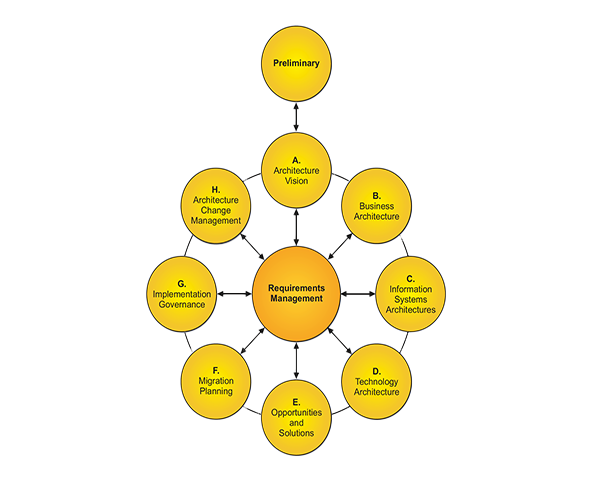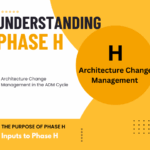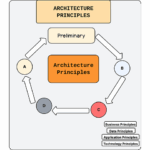Requirements Management
In the Architecture Development Method (ADM) realm, the final phase is known as Requirements Management. Unlike the preceding phases, which are denoted by letters from A to H, this phase doesn’t have a specific label. Instead, it occupies a central position, connecting all previous phases and acting as a crucial mechanism throughout the development process.
A Continuous Process
Requirements Management (RM) stands out because it does not have a defined beginning or end. It’s best described as a continuous process dedicated to managing Change. This flexibility is vital since changes can occur at any point during the ADM workflow—from phases A through H. For instance, while you might be in the midst of defining application and data requirements, a new requirement could emerge.
This dynamic nature of requirements management means that teams cannot simply inform stakeholders that they’ve “moved past” a particular phase and must wait until they cycle back. Instead, they must efficiently process and integrate these changes in real-time to ensure project success.
Key Purposes of Requirements Management
The primary purposes of Requirements Management via RM are twofold:
- Handling Change: RM provides the necessary framework to address changes as they arise during any phase. This capability is critical for maintaining momentum and ensuring that the end product meets current needs.
- Managing Change: Guidelines are established to facilitate how changes are managed, ensuring that all stakeholders are on the same page and that the development process remains transparent.
Moreover, RM governs the flow of business data, application technology, architecture, and requirements across all phases. It acts as the backbone of the architecture repository, ensuring that all elements are aligned and integrated throughout the ADM process.
Conclusion
In summary, Requirements Management is an essential part of the ADM framework. Its role as a continuous change management process ensures that projects can adapt to new information and stakeholder requirements without losing cohesion. Emphasizing the fluidity and responsiveness of RM can make all the difference in achieving project success and delivering valuable outcomes in today’s fast-paced development environments.
Adopting a robust approach to Requirements Management will not only streamline your project processes but also enhance collaboration among stakeholders, securing a sustainable architectural framework.



